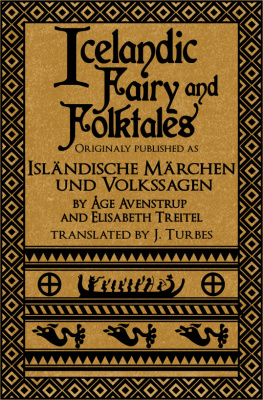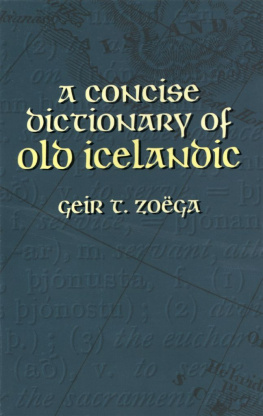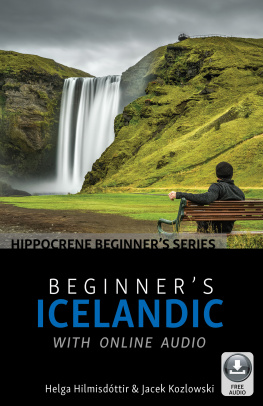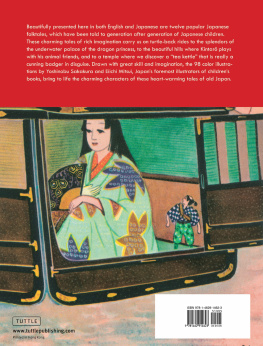Icelandic Fairy &Folktales
Translated from
Islndische Mrchenund Volkssagen
by ge Avenstrup &Elisabeth Treitel
Second Edition, November, 2017
Copyright 2017 by Legacy Information Services,Littleton CO 80127
Originally published as:
Islndische Mrchen und Volkssagen
von ge Avenstrup und Elisabeth Treitel
in 1919 by Axel Juncker Verlag, Berlin, Germany
Smashwords Edition LicenseNotes
This ebook is licensed for your personal enjoymentonly. This ebook may not be re-sold or given away to other people.If you would like to share this book with another person, pleasepurchase an additional copy for each recipient. If youre readingthis book and did not purchase it, or it was not purchased for youruse only, then please return to Smashwords.com and purchase yourown copy. Thank you for respecting the hard work of thisauthor.
Maps included in this edition are based on data fromand used in accordance with the terms of use of the National Land Survey of Iceland.
Contents
TranslatorsNotes
These Icelandic stories, originally published asIslndische Mrchen und Volkssagen in German, are available fromvarious sources including the Internet, but to the best of myknowledge not as a single body in English. My hope in translatingthese works is to provide the interested reader of English with themeans to enjoy these tales, which might otherwise go unnoticed. Itwould be inappropriate to overlook the extensive collection ofIcelandic tales and legends in Jacqueline Simpsons Englishcompilation, Icelandic Folk Tales and Legends (California Press,1972 and The History Press, 2004) in which a number of thesestories are also contained.
As a hopeful aid to explain points that the readermay not understand I have added occasional explanations as well asfootnotes. My translators notes also contain some references andlinks to other information sources. Notes not labeled translatorsnotes are those of the original authors.
Where appropriate, I have included simple maps toorient the reader to locations within Iceland where these tales areplaced. Many of those places are private residences; if the readerhas the good fortune to visit Iceland and seeks out such locations,please regard them as private and respect the privacy of theresidents.
Many of these tales deal with a long-standingNorse/Icelandic traditional belief in huldrefolk, or hiddenpeople. Unlike the more commonly known trolls, the huldre peoplewere sometimes small fairy beings or the size of normal people, assome of these stories portray them.
Tales of the huldres origin vary; one says they arethe hidden children of Eve and descend from those of Eveschildren who, when God came to visit, were unwashed and so hiddenby Eve in shame. God then punishes Eve and with what seems unjustbut Godlike wrath by declaring that the children and theirprogeny be forevermore hidden from normal people.
The huldre are sometimes interchanged with elves(from the Norse lfr), which like the huldre were thought to havesupernatural powers. In The Good People: New Fairylore Essays(Garland Publishing, 1991) Alan Bruford relates that both terms,elves and huldre, were used interchangeably in 19th centuryIceland1.
There is a quick summary of the huldre (also huldur,huldu, holder) under Huldra in the Internet Wikipediaresource2, which notes that the Icelandic belief stillholds today where highways are built to detour around locationsbelieved to be dwelling places of the huldrefolk3.
J. Turbes
1. Trolls, Hillfolk, Finns and Picts: TheIdentity of the Good Neighbors in Orkney and Shetland (A.Bruford), p. 118. Click on or enter the googlebooks link https://goo.gl/M8biHx .
2. See the wikipedia entry for thehidden/huldrefolk at http://en.wikipedia.org/wiki/Huldra .
3. Elves in Modern-Day Iceland; Rolf Soderlind(from Reuters News Service Iceland, http://www.ismennt.is/vefir/ari/alfar/alandslag/aelvesmod.htm )
Chapter 1. The Huldre King of Sel (Seley)
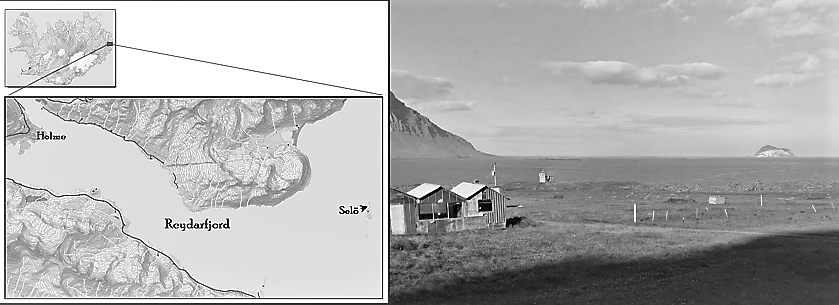
Sel (Seley Island) map and view from southReydarfjord (center, right)
One summer, as in every year, a group of people wasfishing at Seley Island (Sel) in Reydarfjord. As the dried fishwere being brought back to land, it happened that a large portionof the fish belonging to the priest of Holme remained behind in thefishermens shack.
The weather then worsened to the extent that no onewas able to return to the fish until the sea weather again betteredin the fall. At that time, they returned to claim the fish andimmediately began to carry the fish from the shack to the boat.
The boatmen said that they would like to go to theother side of the island to see if anything worthwhile had beendriven ashore, as beached whales and drift timber were highlyvalued. One of them, a young boy, then stated that he was ready andso departed while the others continued carrying the load into theboat.
Suddenly the sea rose with such force that they wereonly able at great risk to complete loading the fish. They then allwent on board and waited a while for the absent boy, but when hereturned they found it impossible to take him aboard because of thestrong surf.
They called to him and told him he must remain there,but that they would return for him the following day when sailingweather was better, clearly thinking it best to care for their ownlives and steer for the mainland, leaving him temporarily helplessbehind.
Freezing mist and still air soon set in and so theyoung man went to the fishing shack. Not knowing of any way out, heremained there until evening. He gradually lost hope and thought itbetter to take his own life rather than to starve, so he left theshack. It was then that he saw a friendly light but believed thatin this cloud-darkened night it could hardly be a heavenly star.Looking more closely, he saw that it resembled a light in awindow.
He walked a short while toward the light until hecame to a house so grand that it resembled a royal hall. Listeningnear the door, he heard someone say, Yes, dear girl, it is noneother than the unlucky man who today was left behind on the islandand who has come to the house. Go and ask him in. I do not want himdying on my door.
Immediately, a young girl came to the door and openedit. She invited him in, telling him that he should take off hissnowy clothes. She then led him up a high stairway and into a verybeautiful hall decorated with gold and jewels. There he saw manywomen, one of which was the most beautiful of all. He greeted herpolitely, and she returned his greeting.
The same young maiden then stood up and led him to asmall but handsome room, set wine and food before him and left. Itis not told where he was to sleep that evening, so the nightpassed. But the next morning the same young maiden came to him andsaid that while she was unable to remain for his amusement but sheotherwise gave him everything needed to pass the time.
And so the winter passed until Christmas. OnChristmas Eve, the young maiden came to him and said that if hebelieved she had shown him any kindness, he could repay her bygranting her a wish and not refusing it. Specifically, on the nextday while an amusement of dancing was being held and her fatherwould call for her, he should not give in to curiosity and look outthe window. She then would bring him enough with which to amusehimself. He promised her not to be curious.
On the first Christmas day, she brought him wine andall that would serve to satisfy his hunger. She then said goodbyeand went on her way. Shortly afterward, he heard singing and thesounds of strings playing. He thought to himself what great joythere was, and it certainly could do no harm if he peeked out; ifhe were cautious, no one would have to know. So he climbed high upthe wall to be able to see the dancing, and as he looked out he sawa crowd of people. Some were dancing while others played stringedmusic, and in the midst of the crowd he saw a regal-looking mansitting with a crown on his head with a woman at each side.
Next page
